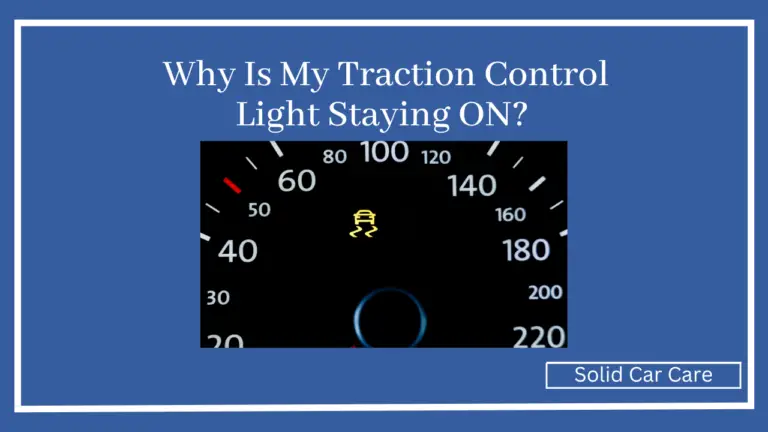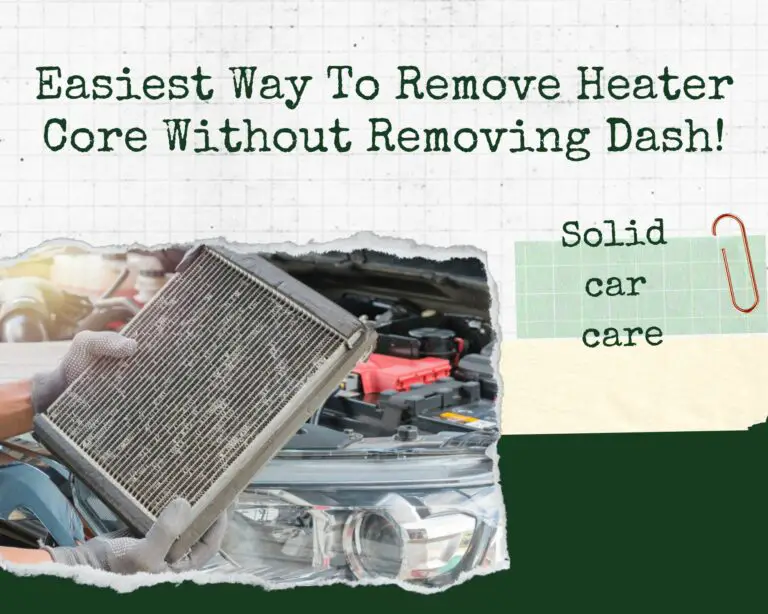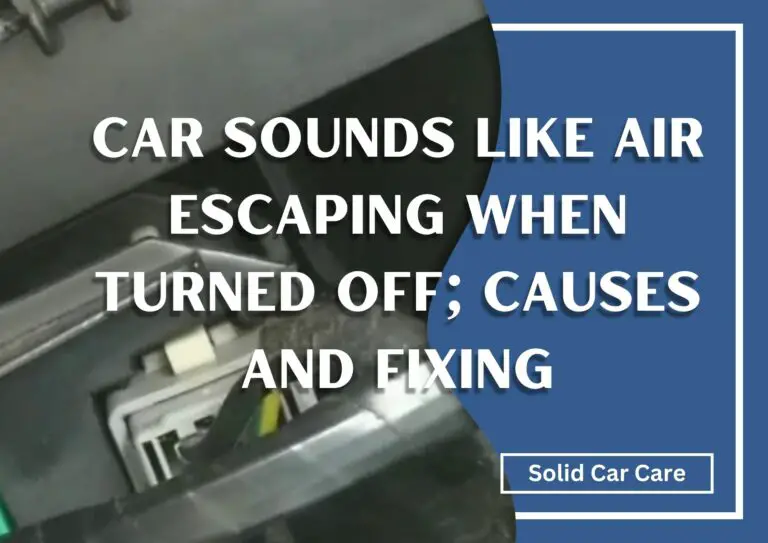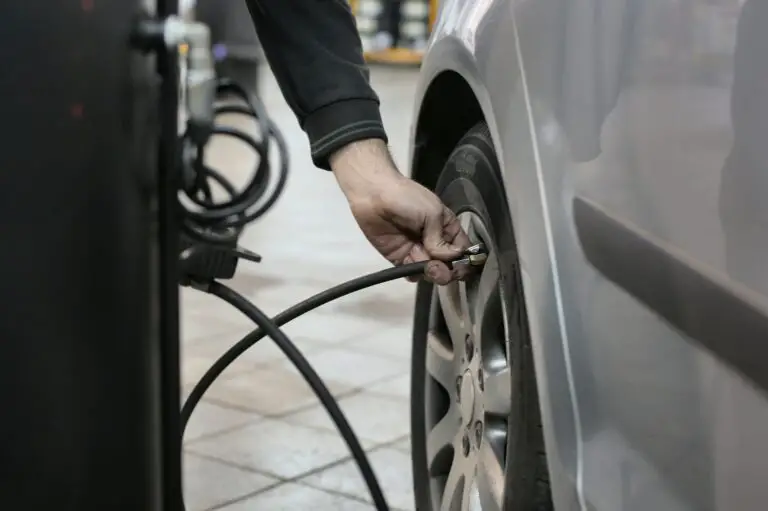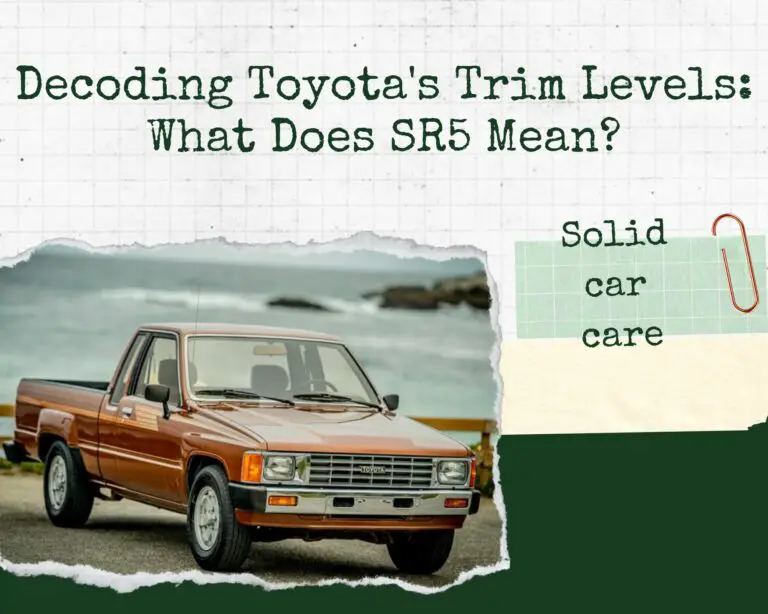Tesla Low Voltage Battery Warning; All You Need To Know
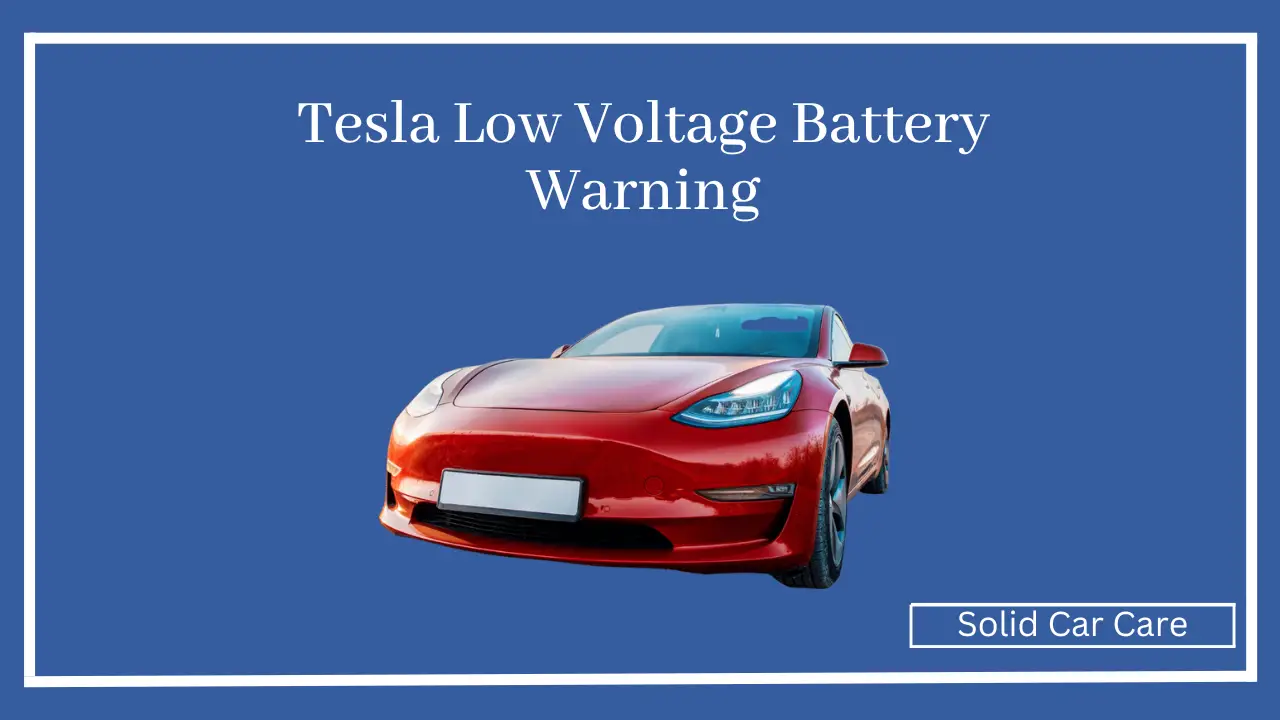
Owning a Tesla electric vehicle is a futuristic experience, but encountering warnings like the “Low Voltage Battery Warning” can raise questions. Fear not – in this comprehensive guide, we’ll delve into the intricacies of this warning, exploring the potential causes behind it and offering practical solutions to ensure your Tesla’s optimal performance.
Table of Contents
What is Tesla Low Voltage Battery Warning?
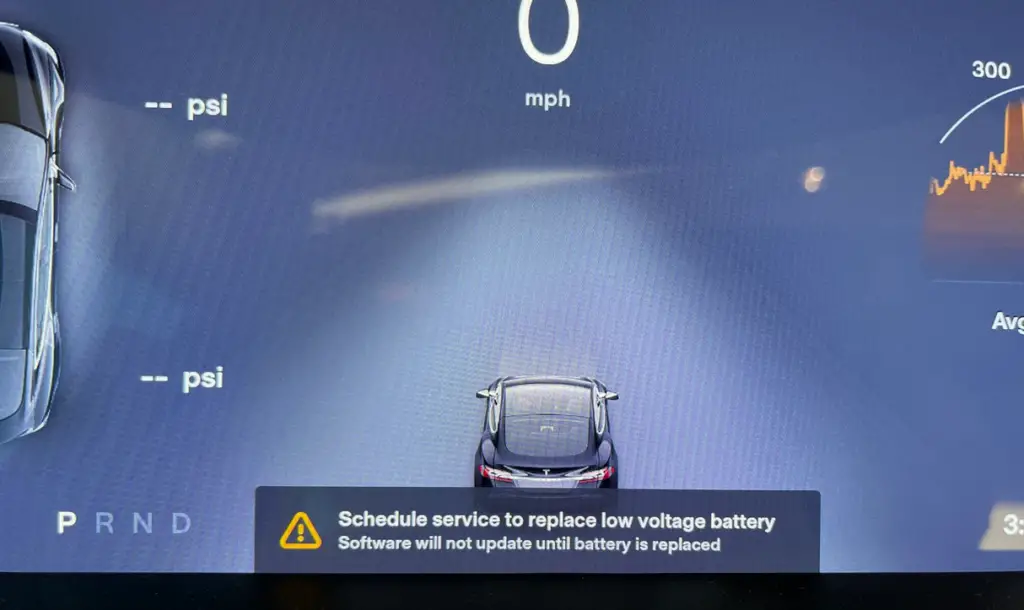
The “Tesla Low Voltage Battery Warning” is a message that appears on the dashboard of a Tesla electric vehicle when the 12-volt auxiliary battery’s voltage is running low. This warning indicates that the 12-volt battery, which powers various systems in the vehicle such as lights, displays, and electronics, needs attention. It’s important to differentiate this battery from the main high-voltage battery pack that powers the electric motors.
The low voltage battery warning serves as an alert to address the issue promptly. A depleted 12-volt battery can lead to operational problems, including difficulty starting the vehicle and malfunctions of various onboard systems. Charging the battery by driving the vehicle for an extended period or replacing the battery if necessary are common solutions. If the warning persists or if you’re uncertain about how to proceed, it’s advisable to consult Tesla’s support or service center for guidance.
Does low battery damage Tesla?
A low voltage auxiliary battery that powers various systems in a Tesla is separate from the main high-voltage battery pack that powers the electric motors. While a depleted low voltage battery can cause operational issues, it is generally not known to cause severe damage to the vehicle itself.
However, it’s important to address a low voltage battery warning promptly to avoid potential inconveniences and issues with various vehicle systems. A low voltage battery that is too weak may lead to difficulties starting the car, problems with electronics, and could potentially result in the vehicle becoming immobilized.
How to fix Tesla low voltage battery warning?
To fix the “Tesla Low Voltage Battery Warning,” you’ll need to address the underlying issue causing the low voltage condition. Here are steps you can take to resolve the warning:
- Drive the Vehicle: One way to recharge the 12-volt battery is by driving the vehicle for an extended period. The car’s charging system will help replenish the battery’s charge during driving.
- Use an External Charger: If driving alone doesn’t resolve the issue, you might need to use an external 12-volt battery charger. Follow the charger’s instructions to safely charge the battery.
- Replace the Battery: If the battery is old or damaged, it might need replacement. Consult the owner’s manual or contact Tesla’s service center for guidance on how to replace the 12-volt battery.
- Contact Tesla Support: If you’re unsure about the best course of action or if the warning persists, it’s advisable to contact Tesla’s customer support or service center for assistance.
- Preventative Measures: To avoid future low voltage battery warnings, regularly inspect and maintain your vehicle’s 12-volt battery. Ensure that it’s properly charged and in good condition.
It’s important to address the low voltage battery warning promptly to prevent operational issues and ensure that your Tesla’s systems function correctly. If you’re not comfortable addressing the issue yourself, seeking assistance from Tesla’s service professionals is recommended.
Tesla Daily Data Limit Reached; What Should You Do?
solidcarcare.com
How to ensure a long life for Tesla battery?
To ensure a long life for your Tesla battery, adopt practices that optimize battery health. Maintain regular charging cycles between 20% and 80% State of Charge (SoC), avoiding full charges or deep discharges. Limit exposure to extreme temperatures by parking in shade or a garage and using climate control.
Minimize Supercharger usage and high-speed driving, which can stress the battery. Utilize scheduled charging during off-peak hours to reduce strain on the battery. Regularly drive the car to prevent prolonged periods of inactivity. Keep the vehicle’s software updated to benefit from battery management improvements.
Balancing charging occasionally by charging to a higher SoC and immediately discharging slightly can help maintain cell balance. Consider Tesla’s recommended maintenance schedule to ensure the overall health of your vehicle, indirectly benefiting the battery. Following these steps can help maximize the battery’s lifespan, range, and overall efficiency.
How long should Tesla low voltage battery last?
The lifespan of a Tesla’s low voltage auxiliary battery typically ranges from 3 to 5 years, similar to conventional vehicles. However, this can vary based on usage, environmental factors, and maintenance practices. Regular driving, moderate temperature exposure, balanced charging, and proper shutdown procedures can extend its life.
Extreme temperatures, frequent deep discharges, or leaving the battery fully discharged can accelerate wear. Adhering to Tesla’s maintenance recommendations and keeping software up to date can optimize battery health.
Monitoring for signs of weakening performance, such as slow startups or warning messages, is important. If issues arise, having the battery inspected by Tesla’s service professionals is recommended. Battery quality and vehicle model can also influence lifespan.
Tesla low voltage battery replacement and cost
Like in many vehicles, the 12-volt auxiliary battery in a Tesla may need replacement over time. The cost of replacing the low voltage battery can vary based on factors such as the model of your Tesla, labor charges, and any additional services needed during the replacement.
The cost of replacing a Tesla low voltage battery typically ranged from around $200 to $600, depending on the model and location. This cost primarily includes the battery itself and the labor for installation.
It’s important to note that prices can change, and different service centers might have varying rates. For the most accurate and up-to-date information about the cost of a low voltage battery replacement for your specific Tesla model, I recommend reaching out to your local Tesla service center or checking Tesla’s official website.
Additionally, if your Tesla is still under warranty, the low voltage battery replacement cost might be covered, especially if the battery fails due to a manufacturing defect. Always consult with Tesla’s service professionals for accurate information regarding your particular situation.
Rough Idle No Check Engine Light; What Should You Do?
solidcarcare.com
Can you drive with Tesla “Low Voltage Battery” Warning?
While you can drive with a “Low Voltage Battery” warning in a Tesla, it’s not advisable to do so for an extended period. The 12-volt low voltage auxiliary battery powers various critical systems in the vehicle, including lights, displays, and electronics. If the battery is running critically low, you might experience operational issues such as difficulty starting the car or malfunctions in various systems.
Driving for a short distance to reach a charging station, service center, or a safe location is generally acceptable if you have no other immediate options. However, it’s important to address the low voltage battery issue as soon as possible to avoid potential inconveniences and ensure that the vehicle’s systems continue to function properly.
If you encounter the “Low Voltage Battery” warning, it’s recommended to take steps to recharge or replace the low voltage battery promptly, depending on the severity of the warning and your circumstances. If you’re unsure about how to proceed, consulting Tesla’s service professionals is advisable.

